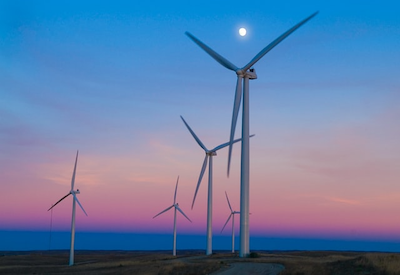
Power and Utilities Cost of Service and Rates

Securing your co-op/utility debt repayment for large industrial customer facilities
Industrial customers may comprise a large portion of the load and volume of your electric, gas, wastewater, and water services. They are the customers that can be economic drivers in the community. They can also be the customers that require specific services or expansion of your facilities.
How do you provide financial security for the co-op/utility and rat equity for your other ratepayers? An industrial services contract is one method that is proven to work.

Electric Rates for Electric Vehicles
Electric vehicle rates - It is possible to encourage early adoption of EVs with special rate structures and charger rebates. This article shows some actual examples of current utility programs designed around time-of-use charging rates and rebates for electric charging equipment. Consider these as you look to options for your utility or co-op.

Best Practices in Electric Cost of Service Studies
Using FERC accounting drives electric cost of service studies and electric rates. Electric rates drive revenues and recover the full costs of operations, debt service, and capital additions of a utility. While most investor-owned utilities, electric cooperatives, and large municipal utilities use the “utility method” to develop electric rates, many small to mid-sized utilities base their rates on utility cash flows. What’s the difference? Does it matter? This article dives into the differences between the two methods and provides an opinion on what method would benefit your utility’s ratemaking and cost recovery.
